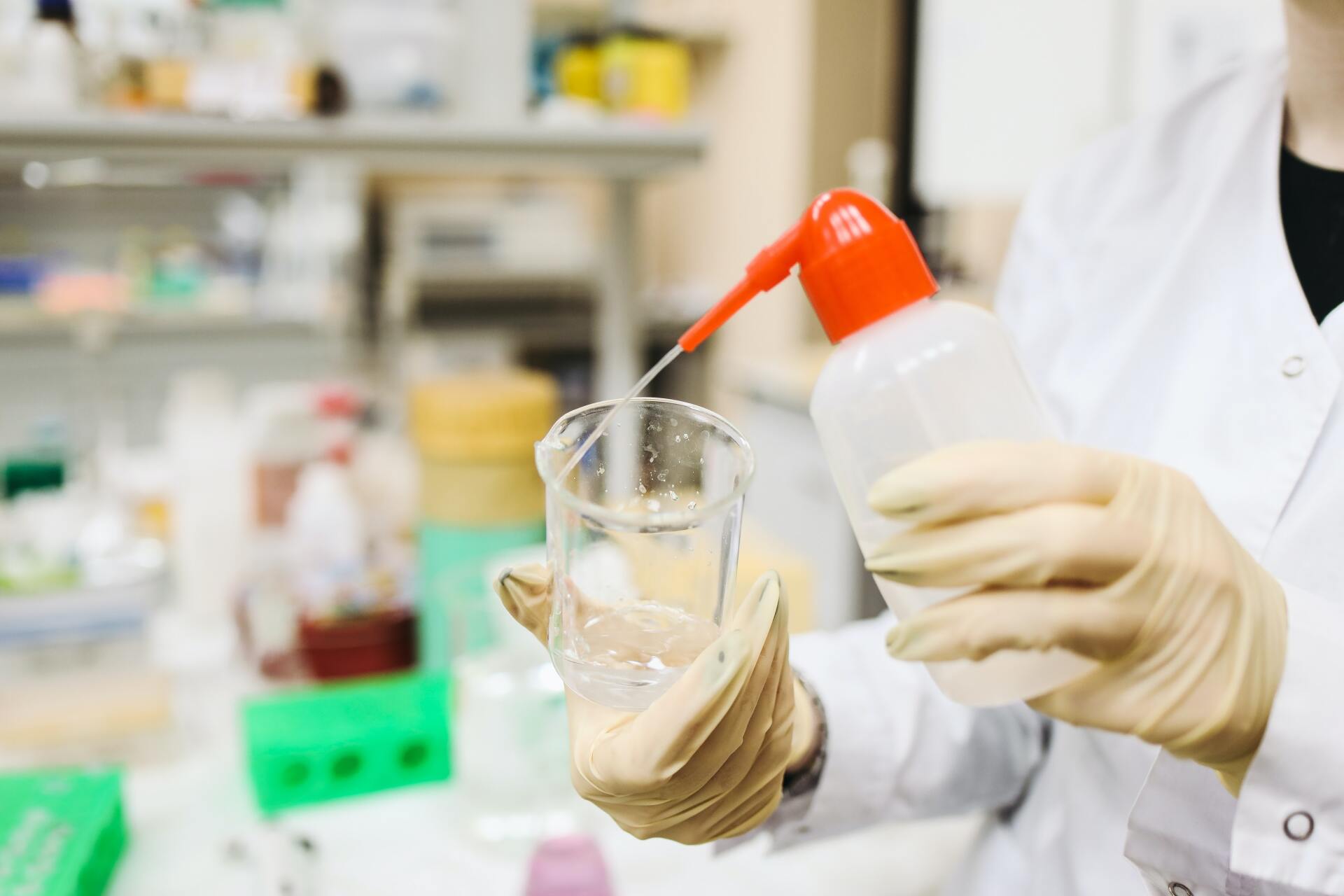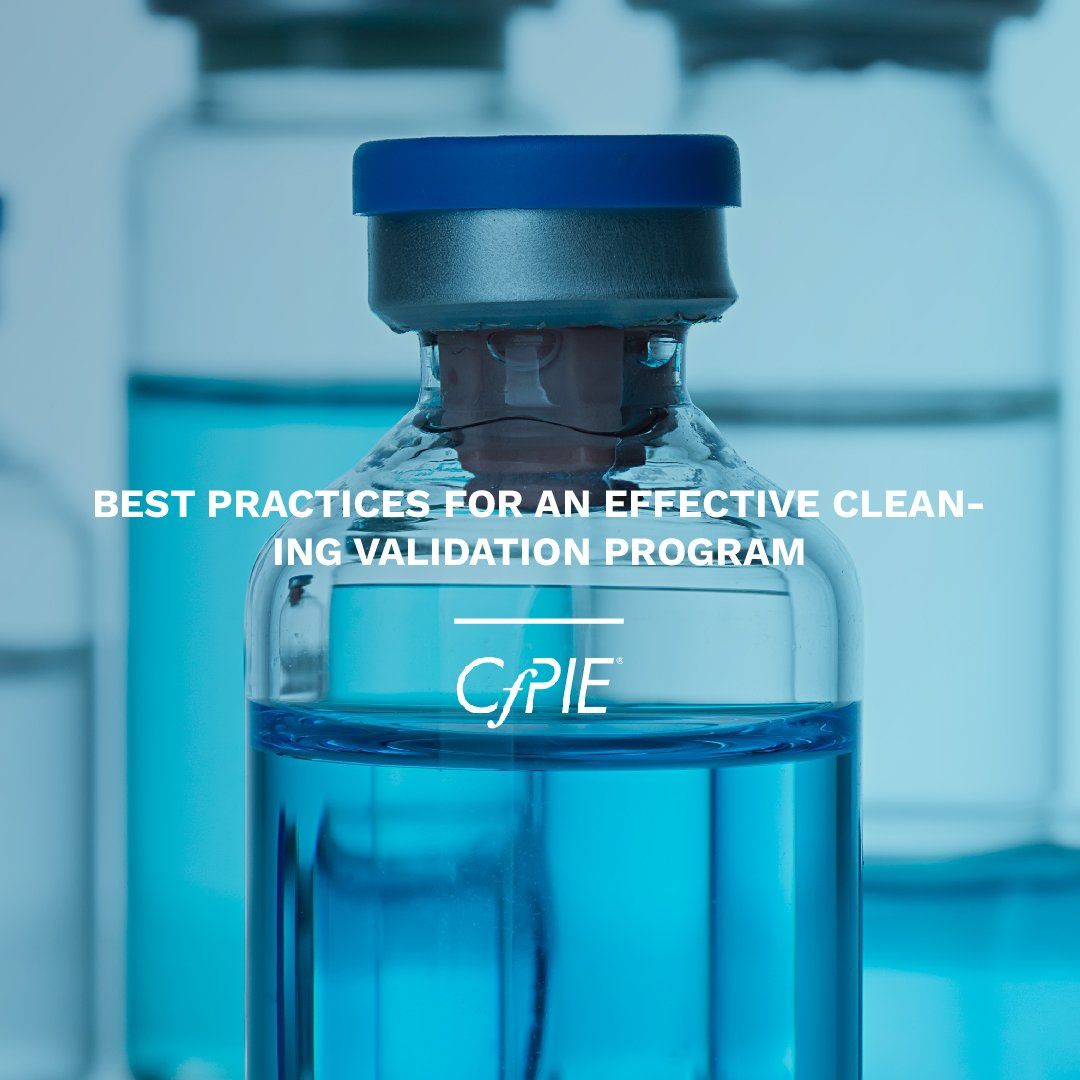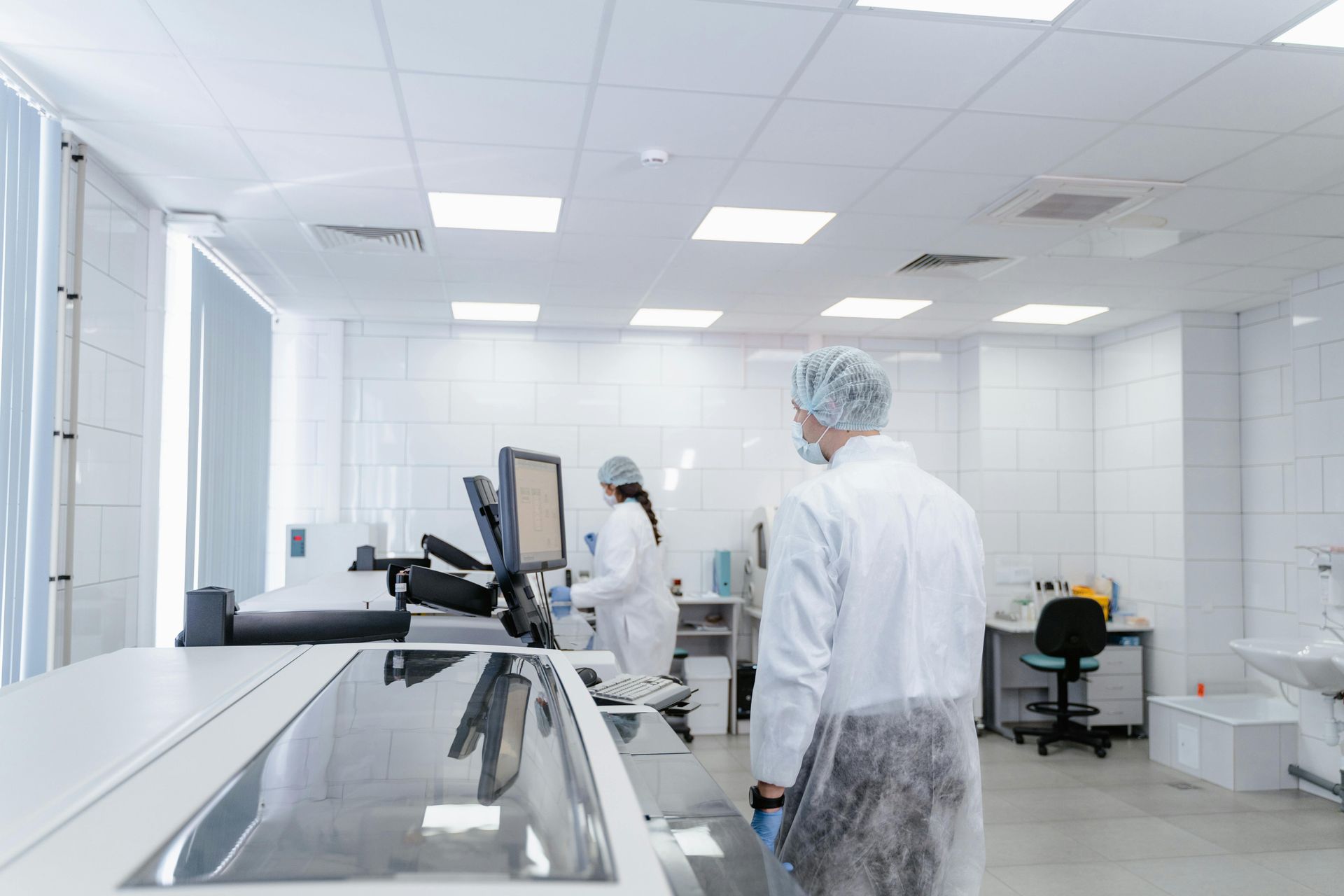Cleaning Validation Guidelines: The Basics You Need to Know
Whenever you visit a restaurant, you typically trust that the chefs in the kitchen have washed their knives and bowls before preparing your meal. Likewise, governments are interested in ensuring that medical manufacturing facilities have properly cleaned their equipment and tools involved in the production of pharmaceutical products and medical devices.
Drug and medical device cleaning validation is a moral and legal responsibility for manufacturers in the medical field.
What Is Cleaning Validation?
How Is Sanitation Typically Performed in a Medical Context?
How Often Should Cleaning Validation Be Conducted?
Are All Pharma Equipment and Medical Device Cleaning Processes Clearly Understood?
What Procedures Are in Place To Meet Regulatory Compliance?
Make Sure Your Laboratory Personnel Are Following FDA Cleaning Validation Protocols

What Is Cleaning Validation?
Considered a major component of maintaining Current Good Manufacturing Practices (CGMP), cleaning validation is the practice of proving through well-documented and verifiable means that the cleaning procedures in a manufacturing facility are effective and protect equipment and other tools from contamination.
The cleaning validation guidelines set by the FDA are important for the same reason cleaning and sanitizing in the pharmaceutical industry are necessary. When drugs or medical devices become contaminated during manufacturing (especially if the Active Pharmaceutical Ingredients are impacted), then the resulting finished product can pose a threat to public health and patient safety.
Here are a few key takeaways from the FDA’s guide on cleaning validation:
- Pharmaceutical manufacturers and other medical organizations must have written general procedures (SOPs) that details how cleaning processes are carried out and validated. They should include how cleaning is carried out for each batch of drugs, what the process for cleaning looks like and other essential details.
- A stakeholder must be nominated to oversee performing and approving the validation study, acceptance criteria, and when revalidation is needed.
- Written validation protocols must be prepared in advance for studies being carried out for a specific manufacturing system or piece of equipment. These protocols must state sampling procedures, what analytical methods will be used, and define the sensitivity to those methods.
- A final validation report must be approved by management, in which they verify which cleaning processes are valid and provide a conclusion that states they have been carried out to an “acceptable level.”
GMP cleaning must be done regularly to avoid any potential risks caused by these contaminated products, which can range from downtime and wasted materials to costly fines and sanctions from the FDA.
How Is Sanitation Typically Performed in a Medical Context?
There is no industry standard on exactly how cleaning should be performed in medical device or pharmaceutical production facilities, but a few of the common methods are below:
- Standard washing using spray devices, wash tanks, a rinse cycle, and a drying cycle
- Immersion that involves soaking the equipment within the cleaning agent
- Ultrasonic cleaning, which is more suitable for delicate components like filling needles
- Pressure cleaning that involves high-pressure sprays to dislodge large pieces of residue
And, of course, there will always be a place for tried-and-true manual washing, which involves staff members brushing and wiping down equipment by hand.
How Often Should Cleaning Validation Be Conducted?
While official process validation guidelines don’t specify a frequency to conduct cleaning validation, the FDA does mention in its cGMP reports that the interval must be short enough so that drug adulteration does not occur.
From the management side, you should aim to conduct cleaning procedures regularly, especially during major changes in facility operations such as:
- Drug formulas
- Major Equipment
- Cleaning processes
- Cleaning agents
Just as important is the ability to verify that your cleaning procedures are effective at preventing contamination, which is what cleaning validation is meant to accomplish.
Are All Pharma Equipment and Medical Device Cleaning Processes Clearly Understood?
They should be. Medical businesses must clearly define several aspects of the cleaning procedure:
- Solubility of the contaminants
- Nature of the surfaces being cleaned
- Exact cleaning equipment, agents, and procedures
- Manufacturer’s recommendations regarding agent temperature, volume, and application method
Cleaning validation guidelines for medical devices and pharmaceuticals must be understood by all laboratory and manufacturing facility personnel.
What Procedures Are in Place To Meet Regulatory Compliance?
Applying cleaning validation guidance is mandatory to be compliant with FDA approvals. That is, the FDA verifies your compliance with several cleaning regulations by:
- Inspecting the cleanliness of equipment before use
- Ensuring maintenance and sanitation is properly recorded and paper or electronic records are available for review if necessary
- Protecting clean lab equipment before it’s used
The steps you take to ensure proper cleaning validation also help you stay compliant with regulatory requirements and other FDA guidelines.
Make Sure Your Laboratory Personnel Are Following FDA Cleaning Validation Protocols
The quality of your facility and equipment has a huge impact on the safety and effectiveness of your pharmaceuticals and medical devices. Medical manufacturers spare no expense in preventing contaminated goods from entering the marketing, potentially compromising on the business’s reputation and public health.
If you’re directly involved in conducting cleaning validation protocols for your organization, but aren’t sure where you can get it cleaning validation training and
what instructors you can trust, consider registering for CfPIE’s “Best Practices for an Effective Cleaning Validation Program” course today!
And if your company has 10 or more employees interested in clearing validation training, reach out to us for more information on virtual or on-site in-house customized training.
See Related Course:
Blog Categories
Stay Informed



